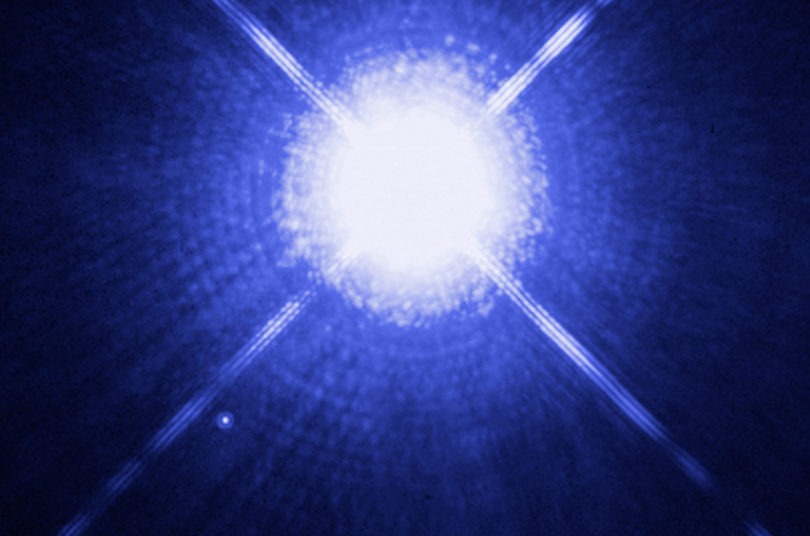Theoretical physicists have discovered a novel method to test Albert Einstein’s theory of gravity, general relativity, which could potentially allow for the detection of small and elusive objects in the distant universe. By studying the echoes produced when gravitational waves bounce off massive objects, such as black holes, scientists believe they can detect hard-to-observe objects like white dwarfs and neutron stars. However, the observability of these “gravitational glints” is not guaranteed, according to lead author Craig Copi of Case Western Reserve University. According to general relativity, gravity is created by the warping of spacetime by massive celestial bodies. When two such bodies collide, gravitational waves are emitted in all directions. Scientists have been able to detect these waves since 2015 using interferometers like LIGO and Virgo. Copi and Glenn Starkman, also from Case Western, predict that a gravitational wave signal could be accompanied by an echo from nearby compact objects, which, based on their calculations using general relativity, could reproduce the original signal. Unlike previous calculations that suggested feeble scattering from point-like objects like black holes, Copi and Starkman found that scattering from a dense spherical object, such as a white dwarf, could produce a detectable echo due to the modified gravitational field within the object. While other physicists have proposed the existence of echoes caused by modified general relativity, these echoes would be imperfect and not match the original signal faithfully, in contrast to the gravitational glints predicted by Copi and Starkman. Using nominal populations of compact objects, Copi and Starkman estimate that approximately one in every 225 gravitational wave events could be accompanied by an echo one-third the size of the original signal. Therefore, it is possible that large echoes are present in the 90 events already observed by LIGO and Virgo. Scientists are eagerly exploring this possibility as the cost of looking for these echoes would be small in comparison to the potential insights gained. The ever-improving detectors are expected to spot thousands of events in the next decade, making it more likely to find gravitational glints and estimate the number of compact objects present beyond our galaxy.
The detection of space ripples could potentially unveil distant neutron stars and white dwarfs.
Advertisement
Advertisement

